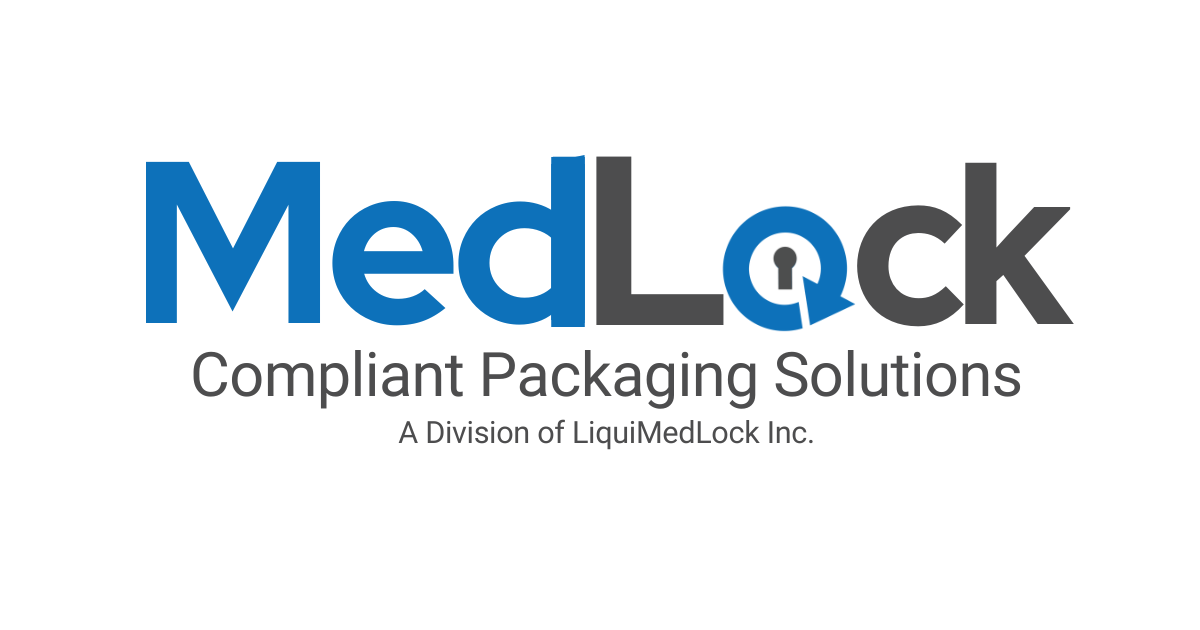Are There Any Packaging Solutions for Oxygen-Sensitive Products?
- Med-Lock
- Feb 24, 2022
- 4 min read
Updated: Jan 10, 2023
MedLock | February 24, 2022

Oxygen exposure can have significant negative effects on pharmaceutical products. Providing pharmaceutical packaging solutions for oxygen-sensitive products is therefore integral to the preservation of pharmaceuticals. If a pharmaceutical product is exposed to oxygen levels outside of its optimal range, the active chemical ingredients in the drug, for example, could degrade.
Degradation can lead to decreased drug efficacy or may even cause the active ingredients to become toxic if ingested. Furthermore, high oxygen levels can negatively affect the fillers used in a drug. This may result in changes in appearance (e.g., colour), odor, or even the flavour of a given product.
Cannabis products, especially dry flower, are also susceptible to the negative effects of oxygen exposure. Specifically, when oxygen interacts with cannabis, degradation occurs. In addition, oxygen can convert THC cannabinoids into CBN cannabinoids. This, in effect, decreases the quality, efficacy, and potency of the product.
Before looking into oxygen-sensitive packaging solutions, it is important to understand the product in question and the additional steps required for product preservation.
Packaging Environment
While it is important to ensure products are contained in protective packaging, it is also crucial that the environment of both the production and packaging facilities are set to the product’s optimal oxygen levels. It is therefore up to the owners of the pharmaceutical or cannabis product to educate themselves on the product’s degradation pathway and when/where in the packaging pathway product degradation becomes noticeable (e.g., within hours of exposure to high oxygen levels versus months, etc.).
This will allow packaging facilities to have accurate knowledge of product expiration dates, to identify optimal packaging conditions, and to select the most suitable packaging for the product.
Including industrial grade gas oxygen sensors can help ensure the packaging environment is within the ideal range for a given product. Medication compliance packaging can be locally flushed with nitrogen or a noble gas (e.g., helium, argon, xenon, etc.). Testing oxygen levels before and during the packaging process is key to preventing products from degradation.
Let’s move on to oxygen-sensitive packaging solutions.
Air Tight Closures: Hermetic Seals
Containers for oxygen-sensitive pharmaceutical products must include an air tight closure system. As the name indicates, air tight closures prevent gas from entering the packaging system. One way oxygen can enter a package is by diffusing past the seal. For products that require the container to be opened upon every use, air tight closures are imperative.
Hermetic packaging is the term given to a container seal that prevents the diffusion of oxygen and other gasses through the packaging material(s). In other words, hermetic seals are airtight and watertight seals.
In addition to using hermetically sealed primary packaging, adding hermetically sealed secondary packaging that encases the product’s primary packaging is another way to prevent oxygen from interacting with the product. Hermetic packaging is an effective means of preventing oxygen degradation during shipping and transport of packaged goods.
While oxygen does not readily permeate glass containers, packaging made primarily with glass must include a strong seal between the container and the closure. Certain plastics should be avoided in the packaging materials used for certain pharmaceuticals. This is because certain plastics are more permeable to oxygen (e.g., low density polyethylene).
Active Packaging: Oxygen Scavengers
Active packaging is an excellent option for oxygen-sensitive products. Products can be protected from oxygen exposure by adding an oxygen-absorbing sachet or pad to a packaging system. These are known as oxygen scavengers.
This type of active packaging is an effective means of absorbing oxygen within the headspace of a given package. Adding an active oxygen-absorbing agent directly into the primary packaging material is also a possible solution for preventing oxygen degradation.
Tamper-Evident Droppers
Oxygen sensitivity is most common in liquid-based products. This includes both oral doses and injectable doses of a given drug. Ensuring dosage droppers release only the intended measurement is one way to assess the performance of the product’s packaging. Not only can glass dropper bottles with tamper-evident closures provide a solid barrier against oxygen, but they are also child resistant.
Modified Atmosphere Packaging: Gas Flushing
Gas flushing refers to the process in which oxygen is removed from packaging. This is done by injecting another gas inside the packaging (e.g., nitrogen), sucking the oxygen out, or repeatedly re-injecting another gas to remove or flush the oxygen out of the packaging.
In other words, gas flushing focuses on removing the oxygen from the product’s immediate surrounding environment to maintain optimal oxygen levels. Gas flushing therefore falls under the category of modified atmosphere packaging.
While nitrogen is a commonly used gas in this process, carbon monoxide and carbon dioxide are also used. Some packaging uses “tri-gas” flushing, which means a mixture of carbon monoxide, carbon dioxide, and nitrogen is used.
Each gas has a different function. Nitrogen surrounds the product to create a barrier, carbon monoxide can stabilize products and prevent discolouration, and carbon dioxide functions as an antimicrobial agent.
Conclusion
Exposure to oxygen is one of the leading causes of pharmaceutical and cannabis degradation. Luckily, technological and packaging innovations have provided several solutions. Whether you use one of the cannabis or pharmaceutical packaging solutions described above, or a method not mentioned in this article (e.g., single-use packaging), it is extremely important to engage in measures that can prevent oxygen degradation and extend product shelf life.




Comments